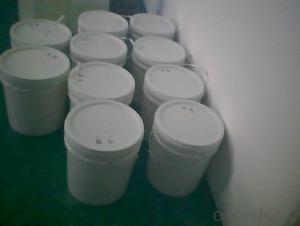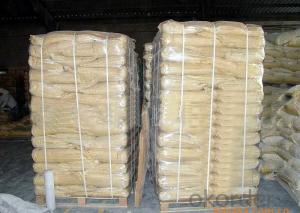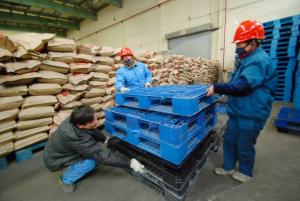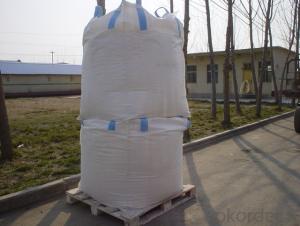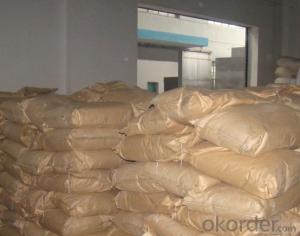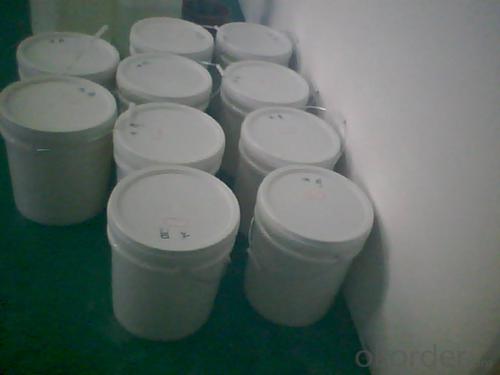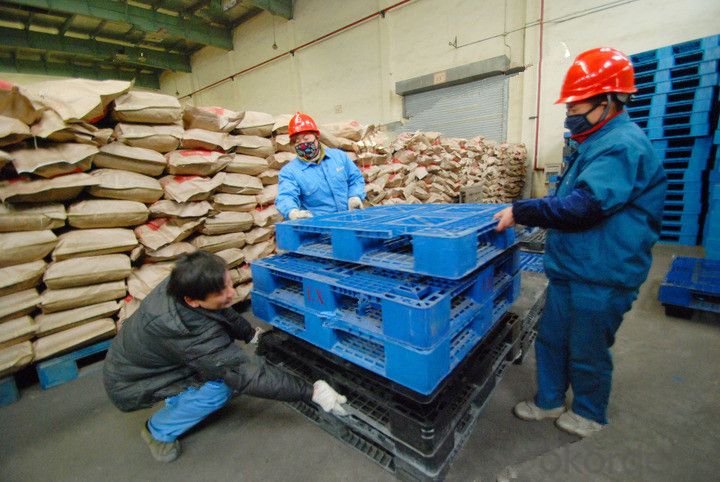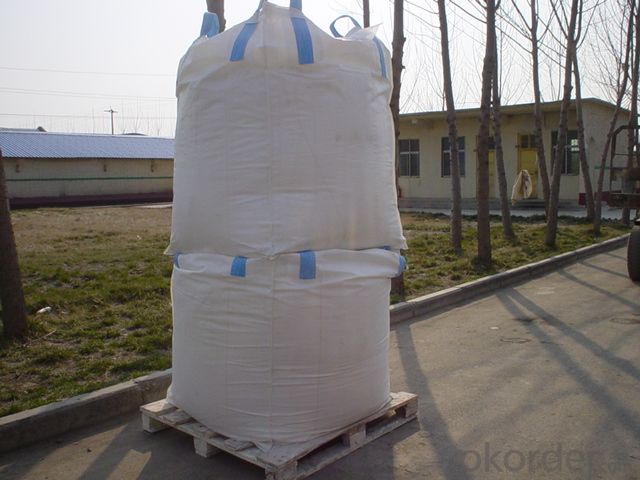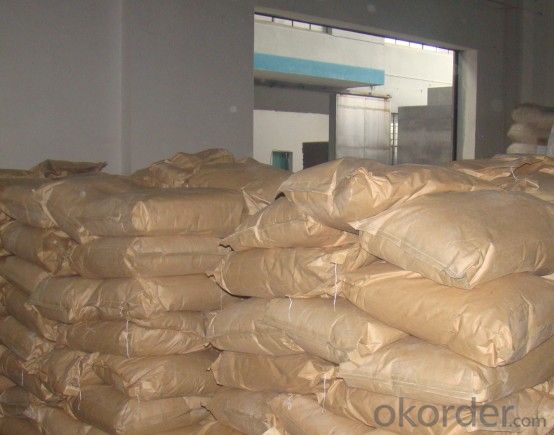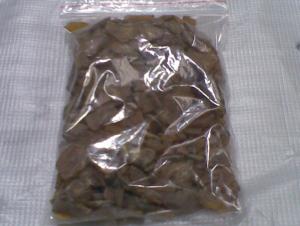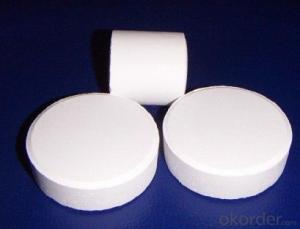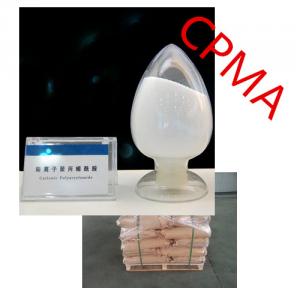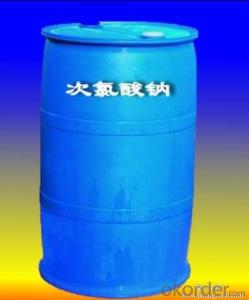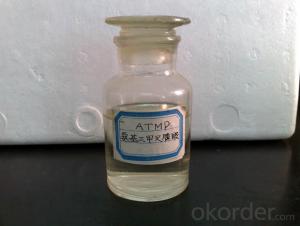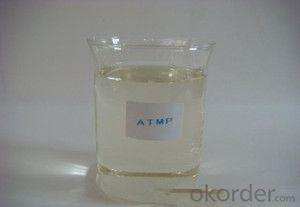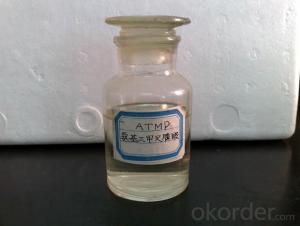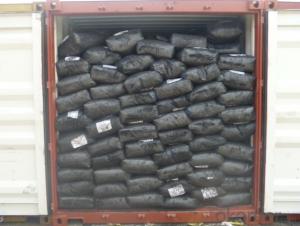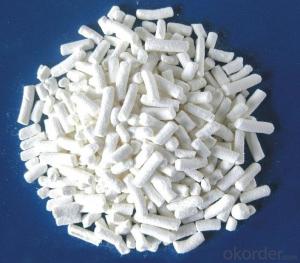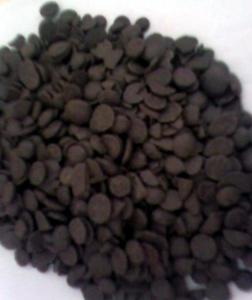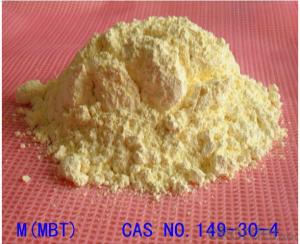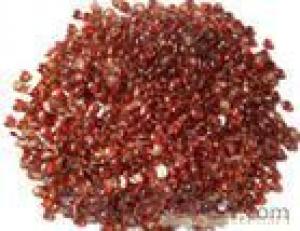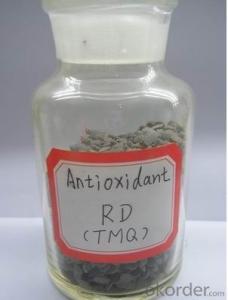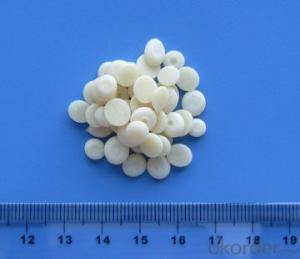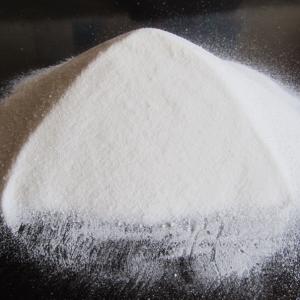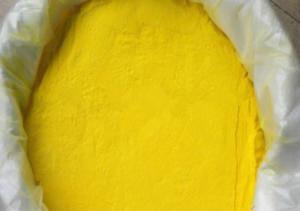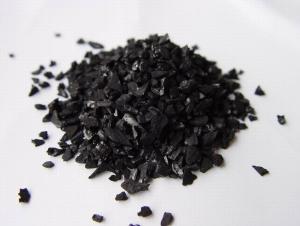Rubber Chemcials Rubber Antioxidant IPPD 4010NA
- Loading Port:
- Tianjin
- Payment Terms:
- TT OR LC
- Min Order Qty:
- 25 m.t.
- Supply Capability:
- 12000 m.t./month
OKorder Service Pledge
OKorder Financial Service
You Might Also Like
IPPD 4010NA
Chemical Name:N-isopropyl-N'-phenyl-p-phenylenediamine
Molecular Formula:C15H18N2
Molecular Weight:226.32
CAS NO.:101-72-4
Executive standard:GB/T8828-2003
Specification:
| Index |
| |
Appearance: |
|
Soften Point, ℃≥ | 70.0 |
Loss on drying,% ≤ | 0.30 |
Ash,% ≤ | 0.20 |
Assay(GC),% ≥ | 95.0 |
Properties: Dark brown to purple brown granules. density of 1.14 soluble oils, benzene, ethyl acetate, carbon disulfide and ethanol, gasoline South soluble, not water soluble. Provides powerful and antioxidant properties with excellent high temperature and flex resistance to rubber compounds.
Applications: include the use in pneumatic, an antioxidant for natural rubber and many kinds of synthetic rubber, especially for the prevention of thermal deterioration on NBR. These goods can be used in heated vessels and the Torrid Zone.
Packing :Packed in 20kg or 25kg per bags.
Properties: The product should be stored in the dry and cooling place with good ventilation. The product should be avoid hot sunshine.
- Q: Why the catalyst after the chemical reaction of its quality and chemical properties unchanged
- In fact, the catalyst in the reaction process has become other substances, but after the end of the reaction, the catalyst has changed back. That is, the catalyst is actually involved in the reaction, except that the amount of catalyst being reacted is as much as it did.
- Q: The catalyst before and after the reaction of the quality and nature of the same, does it mean that a little catalyst can be all the substrate reaction? Such as: one gram of MnO2 can reflect the infinite H2O2?
- There are positive catalyst and anti-catalyst, as well as the amount of catalyst is also related to the rate, not the more the better
- Q: The chemical equation of heating reaction of benzene and hydrogen under the action of catalyst
- C6H6 benzene + 3H2 - (arrow) C6H12 cyclohexane (Ni catalytic heating)
- Q: what is a catalyst ?
- catalyst is a substance that can cause a change in the rate of a chemical reaction without itself being consumed in the reaction; the changing of the reaction rate by use of a catalyst is called catalysis. Substances that increase the rate of reaction are called positive catalysts or, simply, catalysts, while substances that decrease the rate of reaction are called negative catalysts or inhibitors.
- Q: Is the catalyst in the chemical reaction better?
- If the concentration of the liquid is too low, then the catalyst is also ineffective
- Q: What is the difference between biological enzymes and chemical catalysts?
- Chemical catalysts are widely used, generally the majority of transition elements
- Q: What is chemical adsorption and its relationship with heterogeneous catalysis
- The catalytic cycle includes five steps: diffusion, chemical adsorption, surface reaction, desorption and reverse diffusion.The chemical adsorption is an important part of the heterogeneous catalysis process, and the adsorption of the reactants on the catalyst surface,
- Q: High school stage which organic chemical reactions do not use catalyst
- Olefins, alkynes, making bromine water, potassium permanganate fade.
- Q: What is the relationship between the catalyst and the chemical reaction? What is the relationship between the enzyme and the catalyst?
- Catalytic, also known as catalyst, is defined in the junior high school stage to be able to change the rate of chemical reactions, and its own quality, composition and chemical properties remain constant before and after chemical reactions. For example, manganese dioxide can be used as hydrogen peroxide (hydrogen peroxide) decomposition of the catalyst. The catalyst is divided into the positive catalyst and the catalyst is used. The positive catalyst contributes to the reaction to move in the positive direction, and the reverse catalyst contributes to the reaction to move in the reverse direction.
- Q: What is the meaning of catalyst in chemistry?
- In the chemical reaction can change the reaction rate of chemical reaction (increase or decrease) without changing the chemical balance, and its own quality and chemical properties in the chemical reaction before and after the material did not change the catalyst.
Send your message to us
Rubber Chemcials Rubber Antioxidant IPPD 4010NA
- Loading Port:
- Tianjin
- Payment Terms:
- TT OR LC
- Min Order Qty:
- 25 m.t.
- Supply Capability:
- 12000 m.t./month
OKorder Service Pledge
OKorder Financial Service
Similar products
Hot products
Hot Searches
